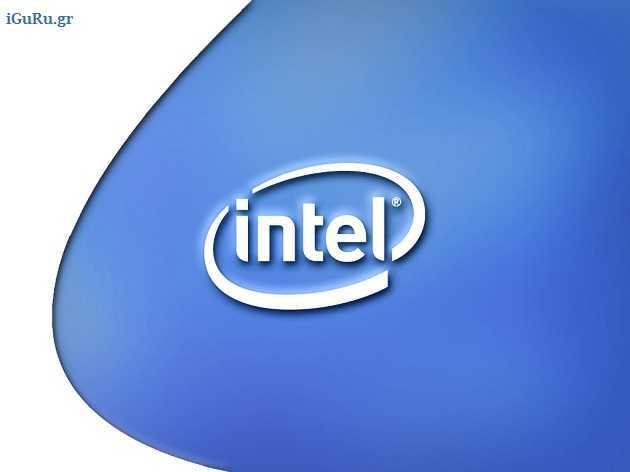A technology that can revolutionize the "world" of wireless networks, thanks to the use of ultra-high frequencies, is expected to be presented at Intel's Mobile World Congress.

According to a report in the MIT Technology Review, the company has built a prototype antenna that can be placed on stations the size of a milk carton. The technology in question – “millimeter wave modular antenna array» - αυτό που κάνει στην ουσία είναι να ενσωματώνει δυνατότητες υψηλών ταχυτήτων «πέμπτης γενεάς» (5G), όπως αυτές που επιδείχθηκαν πέρυσι από ερευνητές της Samsung και του New York University, σε μία μικρού μεγέθους συσκευή. Η κεντρική ιδέα είναι η κάλυψη των πόλεων με τέτοιες συσκευές- σταθμούς (μία ανά ένα με δύο οικοδομικά τετράγωνα) που θα έχουν τη δυνατότητα διαχείρισης μεγάλων όγκων δεδομένων σε μικρή εμβέλεια. Κάθε τέτοιος σταθμός θα μπορεί να αποστέλλει και να λαμβάνει δεδομένα σε ταχύτητες μεγαλύτερες του ενός gigabit ανά δευτερόλεπτο, σε ακτίνα μερικών εκατοντάδων μέτρων, τη στιγμή που το σημερινό στάνταρ, 4G LTE, «κινείται» γύρω στα 75 megabits ανά δευτερόλεπτο.
The technologies της Intel και της Samsung αναμένεται να χρησιμοποιούν συχνότητες των 28 και 38 gigahertz ή υψηλότερες για τους σκοπούς των επικοινωνιών φορητών συσκευών. Οι συχνότητες αυτές, γνωστές ως «millimeter wave» μπορούν να μεταφέρουν πολύ περισσότερα δεδομένα σε σχέση με αυτές που χρησιμοποιούνται στα σημερινά δίκτυα κινητής τηλεφωνίας, ωστόσο μπλοκάρονται εύκολα από παρεμβαλλόμενα objects of the environment, so they were impractical for use on mobile devices.
To address this problem, the processors make dynamic changes to signal transmission and distribution, controlling the direction in which the signal is sent from each antenna, making continuous changes according to changing environmental conditions. Several research groups are working on developing such systems, but Intel says its approach is the most effective. "We can increase the number of antennas as much as we think is practical to increase transmission sensitivity and λήψηs. The barriers are regulatory in nature, not technological," says Ali Sandri, director of the relevant department at Intel, in the MIT Technology Review.
Source: naftemporiki.gr





